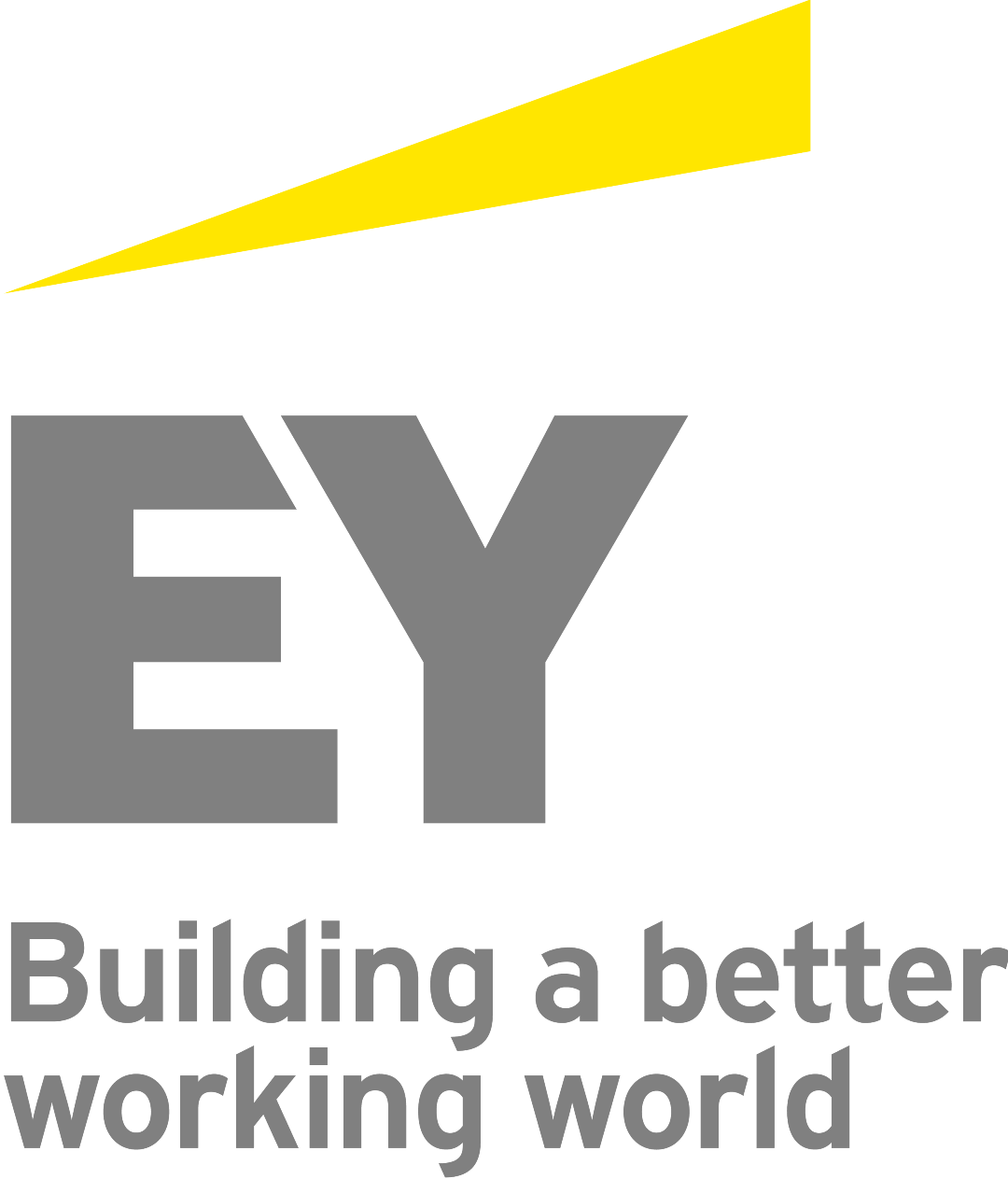Talent: banking transformation focal point
EY report: who's the banker of the future?
TORONTO, Feb. 29, 2016 /CNW/ - The brain drain is a very real outcome of the low loonie. US companies can now offer more for high-demand talent in compliance and risk. It's a worrying development for banks, but also an opportunity for them to re-think their long-term strategy and ask, who's the banker of the future?
"Since the financial crisis of 2008, banks have been focusing on their core businesses, redesigning their structures and reshaping themselves through the use of technology," says Andre de Haan, EY's Financial Services Leader. "But to take their financial performance further, they also need to focus on their people, who will help them win in the future."
de Haan says in the face of continuously declining ROE, increasing regulation and pressure to reduce workforce, Canadian banks need to identify which employees really create value and what they need to do to attract and retain those individuals.
Understanding the expectations of a new generation of bankers
Millennials (those born between 1981 and 2000) will constitute 72% of the global workforce by 2025. Yet banks have little brand appeal to young employees. Globally, among IT and engineering graduates, banks are absent from the top 25 most-attractive companies to work for. Banks will need these graduates in the future as they will require highly educated talent. They need to make sure they understand this generation and their expectations of:
- Greater labour mobility
- Greater technological capabilities
- More entrepreneurial mindset
- Greater sense of entitlement
In addition, millennials are more likely to value flexibility, learning opportunities and mentorship more than monetary compensation. In choosing a place to work, they also consider whether a company's values align with theirs. Purpose matters to millennials and banks must emphasize it.
Assessing technology's impact on the workforce
"In the coming decade, all things digital will revolutionize the banking workforce," says de Haan. "There will be fewer bankers in traditional roles, and the roles of those who remain will be fundamentally different."
As the role of technology transforms from adding value in efficiency, cost, speed and accuracy and towards managing more complex tasks, banks will have to determine appropriate controls. In addition they'll have to ensure that employees with the right skills monitor the correct and safe use of technology.
Equally important is understanding, even if automation is possible, where it may not be desirable. This will help reallocate investment across the business and develop plans to retrain and redeploy staff to other parts of the business.
Changing culture to encourage diversity of thought
The key to creating a culture of innovation is encouraging diversity of thought. An adaptable, 'intrapreneurial', diverse workforce promotes innovation and there's evidence that it leads to improved financial performance. To overcome traditional homogeneity, banks must draw talent from a broader pool and build a culture that supports and retains people from different backgrounds, with different views and experiences. For example, EY research across a number of industries shows that the highest-performing companies invest more in the advancement of women than their peers.
"If banks want to attract and retain valuable, innovative talent, they need to transform their HR approach," says de Haan. "Starting from recruitment all the way to performance reviews, banks should reconsider their employee propositions. Especially for millennials, who are set to become a significant portion of the workforce very soon, the salary alone isn't an enticing enough offer. They're looking for much more than that, and more often than not, they're finding it somewhere else."
About EY
EY is a global leader in assurance, tax, transaction and advisory services. The insights and quality services we deliver help build trust and confidence in the capital markets and in economies the world over. We develop outstanding leaders who team to deliver on our promises to all of our stakeholders. In so doing, we play a critical role in building a better working world for our people, for our clients and for our communities.
For more information, please visit ey.com/ca. Follow us on Twitter @EYCanada.
EY refers to the global organization and may refer to one or more of the member firms of Ernst & Young Global Limited, each of which is a separate legal entity. Ernst & Young Global Limited, a UK company limited by guarantee, does not provide services to clients. For more information about our organization, please visit ey.com.
SOURCE EY (Ernst & Young)

Sasha Anopina, [email protected], 416 943 2637; Julie Fournier, [email protected], 514 874 4308; Leigh Kjekstad, [email protected], 604 648 3807

Share this article